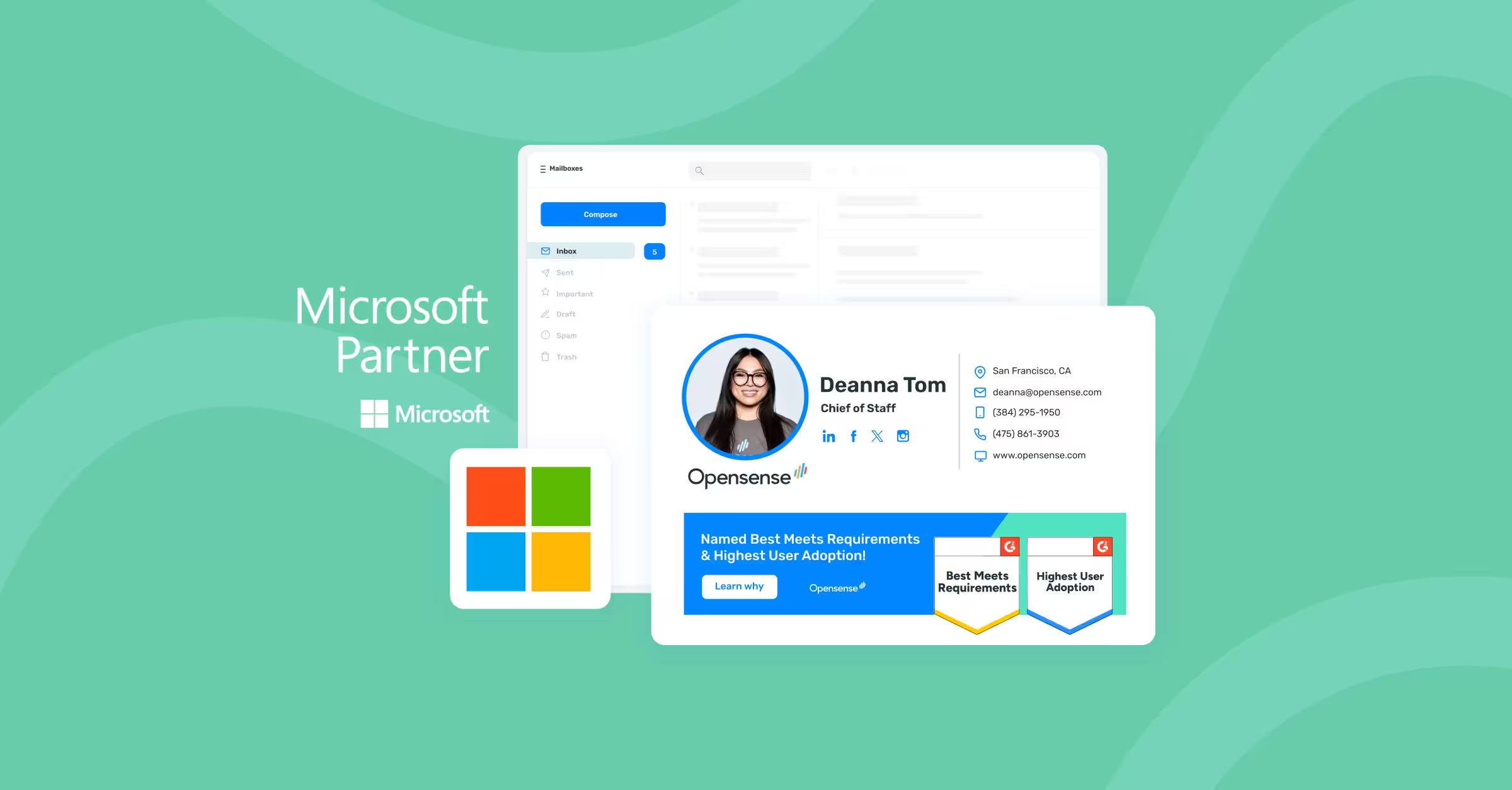
9 Sales and Marketing Metrics Your Business Must Start Measuring Now
Metrics make the sales and marketing world go round. These days, smart companies tightly measure the ROI on every dollar spent. As a result, sales and marketing leadership requires hard facts and figures to measure sales and marketing performance and validate budget decisions. Smart marketing and sales leaders will double down on the highest ROI channels to keep costs low and improve profits.
Key sales and marketing metrics
As your sales and marketing teams make moves to find and close new customer deals, as well as maintain existing relationships, there are some key metrics that should always be at top of mind. When measuring performance, businesses will set goals for those metrics, gather the results from a set time period (month, quarter, year), and then compare those against the goals that were set.
Below is a list of sales and marketing metrics that are critical in measuring performance.
1. Total revenue
First and foremost is the amount of money your sales and marketing efforts brings in. Your total revenue represents income from business activities. Without revenue, your business will fail. Plain and simple.
Calculating revenue is simple. If you close a deal that brings in $5,000, the revenue would be $5,000.
Sales managers will often break down revenue into more specific metrics to get a better idea of where the money is actually coming from. Common approaches to this include measuring revenue per product, sales territory, and new and existing customers.
2. Gross profit margin (or gross margin)
Your company’s profit margin represents the amount of revenue leftover after all selling expenses have been taken into account. Gross profit margin is seen as the key indicator of a business’ profitability. Closing deals and bringing in revenue is one thing, but it’s another to make an actual profit. (Note: this is different than net profit which also includes other expenses but gross profit margin is a key benchmark for company valuation for companies large and small).
For example, if you close a deal worth $5,000 in revenue, but the cost of selling came out to $1,000, your profit margin, and the actual amount you would walk away with, would be $4,000.
If your profit margin isn’t where you want it to be, take a look at your selling expenses and see where you can be a bit more frugal. It might also be possible that you need to increase prices or revamp pricing models to clarify your value for customers.
3. Sales closing ratio
Aside from monetary metrics, emphasis should be placed on the rate at which reps close deals, also known as sales closing ratio. A high sales closing ratio can indicate efficiency and adequacy in your sales process and methodologies.
When calculating sales closing ratio, simply divide the amount of deals you closed within a time frame by the number of leads you started with. For example, if your sales team starts with 100 leads, and 11 deals are closed, your sales closing rate would be 11 percent.
Businesses should identify the sales closing ratio for the team, but also of individual reps. This can help pick out those that are performing well and those that are struggling.
If your sales closing ratio hasn’t yet reached the point of stability and consistency, it’s possible a problem has arisen in another conversion rate. To get a better sense of why your sales closing ratio is low, it’s important to also measure your lead to opportunity ratio and your opportunity to close ratio.
Lead to opportunity ratio: the rate at which leads are converting into sales opportunities. This is a good indicator of how well your marketing team is generating qualified leads. If the ratio is low, then you may be wasting marketing dollars on the wrong customers.
Opportunity to close ratio: the rate at which those opportunities result in closed deals. This is a good indicator of how well your reps deal with the leads that marketing generates. It also can be an indicator of how effective your marketing and sales collateral is for customers further down in funnel.
4. Sales cycle length
The length of your sales cycle refers to the amount of time between your first point of contact with a prospect and when you close the deal. Businesses will often calculate this as an average so they can anticipate how long it should take to close a deal.
Generally speaking, the shorter your sales cycle, the better. No prospect wants to sit around in a business’ pipeline with unanswered questions, but they also don’t want to be pressured into making a buying decision they aren’t ready for.
Understanding the length of your overall sales cycle is important in getting an idea of how efficiently your reps are closing deals. If your sales cycle starts to lengthen, determine the issue by taking a look at each stage and identify any areas where you can implement more efficient methods.
5. Leads generated
A lead is anyone that might become a client of your business. Leads can be generated through sales or marketing activities, but no matter the method, fuelling your sales pipeline full of qualified leads is crucial in closing deals. The key word there is qualified - it’s better to have fewer qualified leads than to have a pipeline full of leads that will quickly go dead because they aren’t qualified for your solution.
The amount of leads you generate will have a direct impact on your sales closing ratio. If your business doesn’t generate enough leads that will convert into sales to support your quota, reps won’t have anything to work with. It’s a numbers game that every successful company must play well.
6. Average revenue per account (ARPA)
Your average revenue per account refers to the average dollar amount per each closed deal. ARPA is a key metric when forecasting sales goals. Based on your business’ sales closing ratio, and the amount of leads you start with, you can estimate how much revenue you’ll bring in for a certain time period.
For example, say you start your month with 25 leads, maintain a sales closing ratio of 8%, and your ARPA is $10,000. Based on that information, you can estimate that you’ll end up with $20,000 in revenue for that month. It’s important to note, as well, that in some business models, customers are expected to grow their spend over time by adding new users and new services. This is more the task of account management / customer success teams, and the best ones can drive over 50% increases in revenue - or as much as 90% of total revenue, according to SaaStr founder Jason Lemkin.
7. Sales pipeline coverage
Sales pipeline coverage is a ratio that compares the amount of pipeline generated and the quota that needs to be closed. When setting a pipeline coverage goal, you must take your leads generated, conversion rate, average revenue per account, and quota for that time period into consideration.
Because not all prospects that enter the pipeline will convert, you’re going to want your pipeline coverage to exceed your quota by a significant amount. To calculate your pipeline coverage, simply divide the amount of open pipeline by the quota set for that time period.
8. Customer acquisition cost (CAC)
Customer acquisition cost refers to the total amount of money you spend when convincing a customer to buy your solution. Everything from marketing spend to covering the salaries of sales reps is included in CAC.
The longer and more intricate your buyer journey, the more likely you are to spend a decent amount on acquiring new customers. Not to mention the need for top tier, and usually expensive, marketing methods to help your business stand out in the sea of its competitors.
CAC is a representation of the results your business model is capable of producing. If the revenue each customer contributes doesn’t cover the amount it costs to acquire them, you either need to change your acquisition strategy or revisit your pricing model.
9. Customer lifetime value (CLV)
Customer lifetime value is the total monetary benefit that a customer offers a business. Essentially, it’s the value of your relationship with a particular customer.
Measuring CLV is an effective practice in shifting reps’ goals to focus on long term relationships, rather than short term objectives like hitting their quota.
Customer acquisition cost and customer lifetime value are often measured together. Understanding how much revenue a business might acquire from a customer will inform acquisition strategies - it obviously wouldn’t make business sense to spend more acquiring a customer than the relationship is worth.
Just the beginning
The nine metrics listed above are a great starting point when measuring performance of your sales and marketing departments. No matter whether they’re available through your marketing analytics tool, your sales performance management system, or you find it elsewhere, these stats are just the beginning.
As your business grows, adapts, and prioritizes different goals, other metrics will have to be tracked to ensure actions are producing results. However, it’s almost a guarantee that this list of metrics will remain relevant, no matter what happens to your business.


.svg)



.svg)



